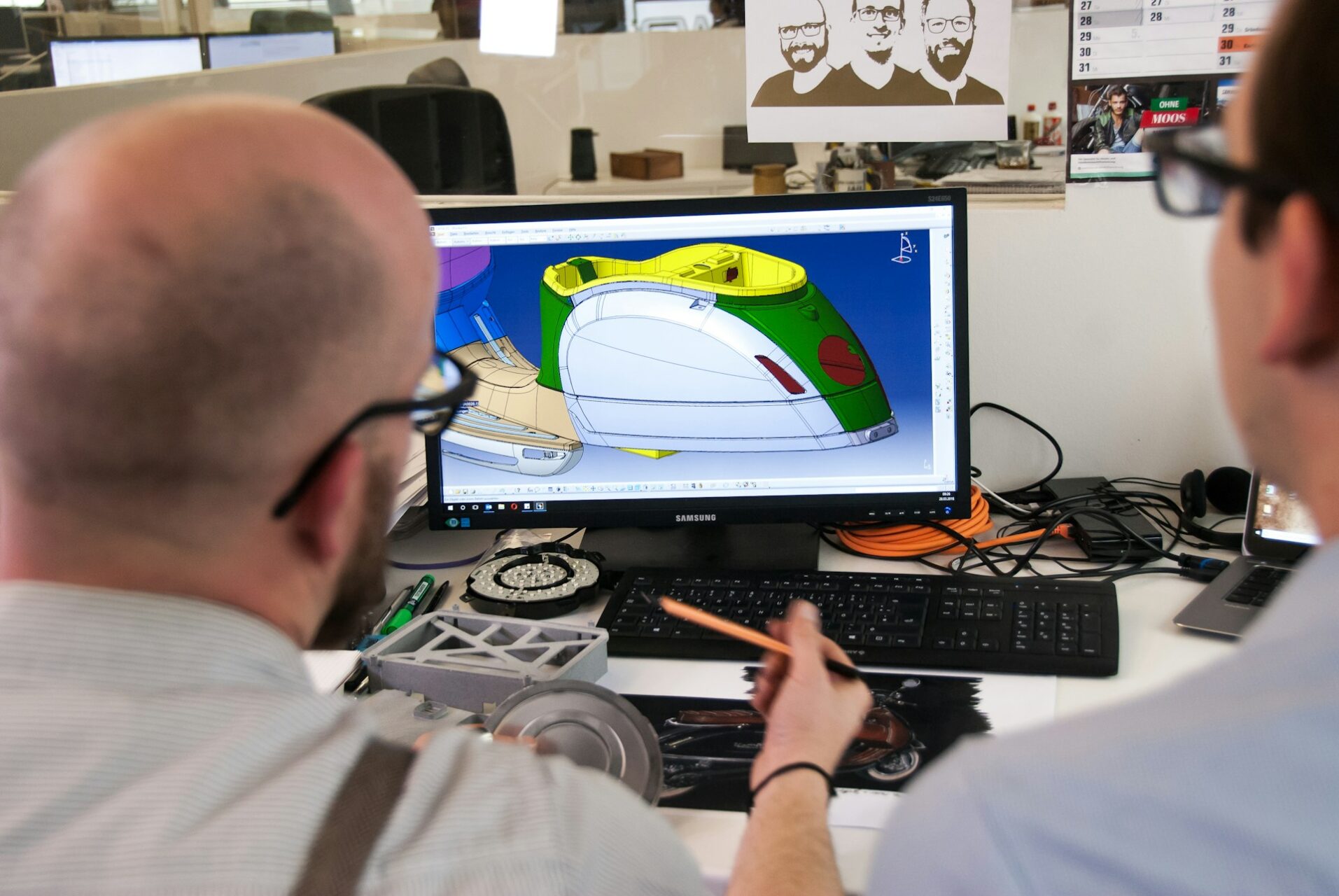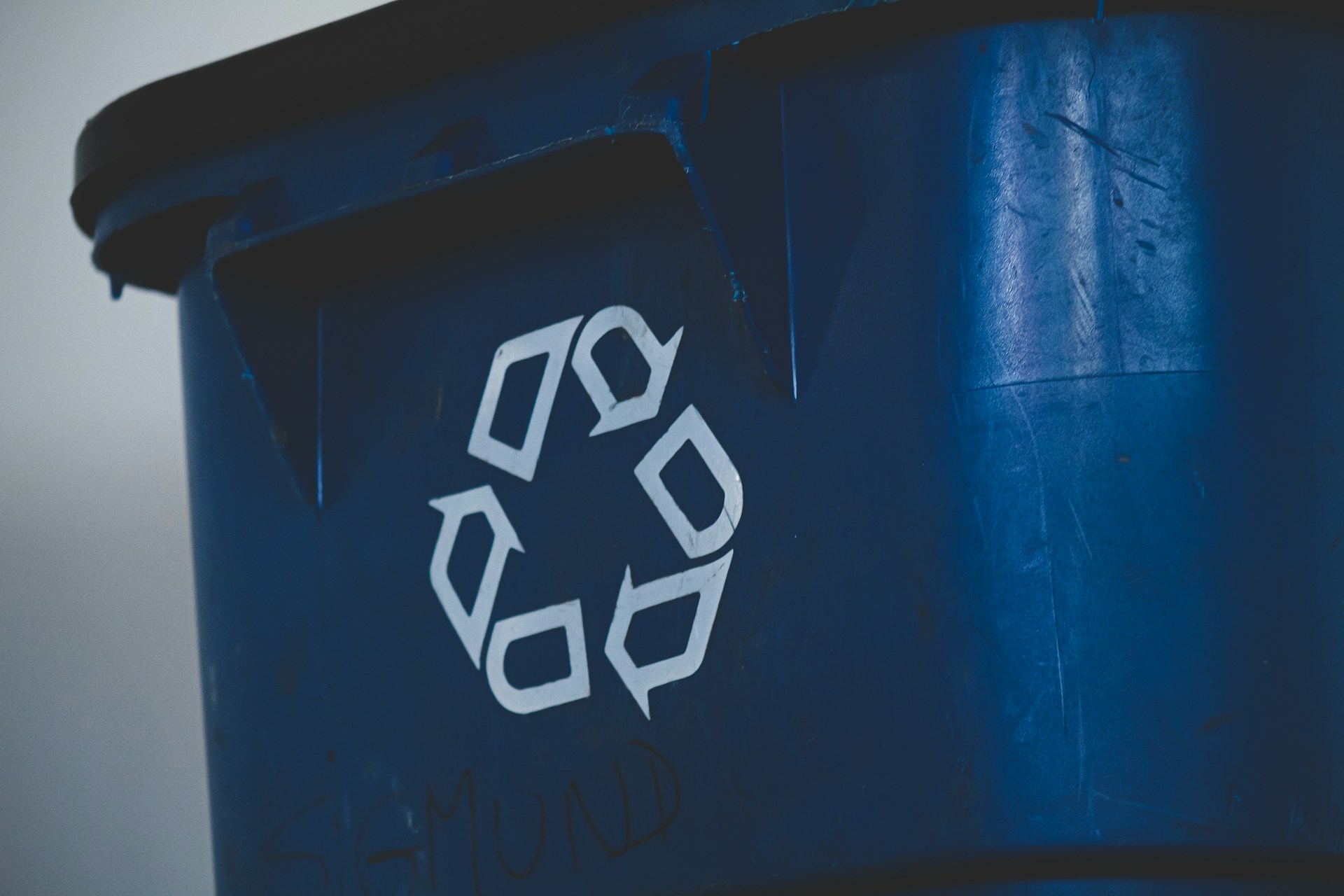
What Is a Closed-Loop Supply Chain and How Can it Help?
March 29, 2023 - Revolutionized Team
Revolutionized is reader-supported. When you buy through links on our site, we may earn an affiliate commision. Learn more here.
Supply chains are crucial parts of running a successful business. At the same time, these networks are often the areas of greatest waste and most frequent disruptions. A closed-loop supply chain provides a potential answer.
Traditional supply chains move in only one direction, flowing from production to the consumer. Reverse logistics usually only comes into the equation when there’s an issue with the product and these often end in waste. Closed-loop systems aim to combine the two supply chains to make a more cohesive, less wasteful network.
What Is a Closed-Loop Supply Chain?
A closed-loop supply chain uses reverse logistics to feed products that have served their purpose back into the logistics process. A manufacturer creates a product, ships it to customers, then encourages customers to return it once they no longer need it. These used products then become part of the manufacturer’s supply through repair, resale or component reuse.
These systems are an important part of the circular economy, which aims to eliminate waste. That waste reduction begins with closed-loop supply chains, as these use what would otherwise be trash as manufacturing supply.
These supply chains can operate in several ways. One of the most common methods is breaking down no longer functional products into their core components, then using these recycled parts in new products. Other businesses may instead repair some products and resell them.
Hybrid systems may prove the most effective. Manufacturers can repair the products they can and recycle the ones they can’t. Using recycled parts from one item type in the production of another can also help maximize these systems’ efficiency.
Benefits of Closed-Loop Supply Chains
The closed-loop supply chain can be a complicated process to establish. Still, many companies are starting to implement these systems, as their potential benefits are impressive.
An efficient closed-loop system can help a business improve across multiple areas. Here are five of the most significant benefits of implementing a closed-loop supply chain.
Sustainability
The most easily recognizable benefit of the closed-loop supply chain is environmental sustainability. Most manufacturing processes take a substantial toll on the Earth. Resource extraction and processing are responsible for 90% of biodiversity loss and water stress and 50% of global greenhouse gas emissions.
Considering the world recycles less than 9% of manufactured items, there’s abundant opportunity to improve. Closed-loop systems capitalize on these opportunities, reducing raw resource use by relying on recycled and reused products and materials.
As used products account for a larger portion of manufacturers’ material supply, related extraction and processing emissions will fall. Manufacturers will also be responsible for less waste, sending fewer products into environmentally damaging landfills. That’s particularly valuable for electronics producers, as e-waste produces harmful toxins into the environment.
Reduced Costs
This waste reduction also presents an enticing business opportunity for companies that embrace this system. Traditional supply chains’ waste represents a substantial monetary loss on top of being environmentally harmful. The clothing industry alone could generate an additional $500 billion if it moved away from under-utilization and recycled more.
Closed-loop supply chains reduce expenses by minimizing resource acquisition and processing prices. While reverse logistics and recycling aren’t expense-free, they typically cost less than acquiring raw materials, especially considering lifetime prices. When businesses reuse and recycle more, they stretch their raw materials further, becoming more cost-effective.
With the world recycling less than 10% of its products, there’s a significant economic opportunity companies haven’t capitalized on. Feeding more products back into the supply chain could lead to substantial savings.
Customer Loyalty
The closed-loop supply chain also helps generate more customer loyalty, providing ongoing success. Sustainability is becoming an increasingly important issue to consumers. As this trend grows, companies that rely on traditional, environmentally destructive processes will fall out of favor and struggle to compete.
A 2021 survey revealed that one in three consumers have stopped purchasing from brands because of sustainability concerns. Similarly, 34% have chosen businesses with environmentally friendly practices or values. Companies must embrace sustainability to appeal to modern markets and closed-loop supply chains provide a means to that end.
Businesses can see considerable reductions in solid waste, carbon emissions and habitat destruction by embracing closed-loop systems. Publishing these results can be an effective marketing strategy for an increasingly eco-conscious market. As more businesses take sustainability seriously, this will appeal to B2B markets as well.
Visibility
Implementing closed-loop supply chains can bring enticing indirect benefits, too. Transparency is a natural side-effect of closed-loop systems, as businesses will have to track products more closely to see opportunities for recycling and reuse. As they create these tracking systems, they’ll gain more control over their supply chains.
Visibility is a struggling point for many supply chains today. Only 6% of surveyed companies say they have full visibility into their supply chains. As a result, they may not be able to react to incoming disruptions and delays in time.
As businesses track product lifecycles through closed-loop systems, their overall transparency will improve. They’ll gain more insight into product demand cycles, supply chain issues and trends that impact their efficiency. They can then take these insights to fine-tune their supply chains to become more productive and resilient.
Preparing for Future Regulations
Right now, the environmental benefits of closed-loop supply chains provide a competitive advantage. However, they could become a necessity in the future as environmental regulations tighten. Pursuing closed-loop systems now can help businesses anticipate this shift and meet future regulations before they present a challenge.
The regulatory landscape across the globe is trending towards sustainability. For example, the UK aims to recycle 65% of municipal waste by 2035. As similar trends arise, companies may have to recycle or reuse a certain amount of their waste or face fines in the future.
Closed-loop supply chains can help manufacturers comply with legislation outside of these environmental regulations, too. Recent programs like the CHIPS and Science Act incentivize re-shoring some manufacturing processes, but many companies outsource some component production because it’s hard to deliver the same cost efficiency domestically. However, closed-loop supply chains provide an opportunity to save on material costs through recycling. Implementing such a network would help capitalize on these incentives while managing the costs of re-shoring.
Adopting waste-minimizing practices now can ensure businesses face minimal disruption when regulations like these come about. They can then pull ahead of the competition that may face greater disruption in adapting to these requirements.
Examples of Closed-Loop Supply Chains
The closed-loop supply chain exists in more than just theory, too. As these benefits have become clear, several companies have started to embrace closed-loop systems. This is a fairly new trend, and a challenging one to implement, so many of these examples aren’t complete closed-loop supply chains. Still, while they may not have perfect circular economies, they do rely on several key closed-loop features.
Nike
More than 75% of Nike products contain recycled textiles as of 2018. Some of their products consist mostly of recycled materials, something they’ve achieved by switching to processes that make some materials more easily recoverable. These efforts have helped some facilities divert more than 95% of their waste from landfills.
Eileen Fisher
Eileen Fisher is another example of a closed-loop supply chain in the apparel industry. The company embraces the circular economy through two projects. The firsy, Renew, encourages customers to return old or unwanted clothes by offering store credit, then fixes and resells these items or integrates them into new designs. The second, Waste No More, uses fabrics and clothes that would otherwise end up in the trash to create decorative items like wall hangings.
The Farm Powered Strategic Alliance
Some closed-loop supply chain systems involve multiple companies to let waste from one area feed into production in another. The Farm Powered Strategic Alliance, which involves companies like Starbucks and Unilever, diverts food waste to businesses that turn it into a renewable energy source. While the companies that produce this waste don’t necessarily use this renewable energy themselves, they create a broader circular economy by partnering with alternative power companies.
DoorDash
DoorDash’s Project DASH is a similar example of an unconventional closed-loop supply chain. The project uses DoorDash’s delivery network to connect restaurants with surplus food to food banks, then connects these organizations to people in need. This example isn’t a traditional closed-loop supply chain because DoorDash isn’t a producer, but by offering this service, the company helps other businesses reduce their waste and improve their environmental, social and governance practices.
MGX Minerals
Canadian mining company MGX minerals brings closed-loop features to the historically environmentally destructive oil and mining sectors. MGX extracts lithium from wastewater from oilfields. Oil companies typically struggle to manage this waste, as it’s hazardous to the environment and challenging to dispose of safely. However, it contains valuable minerals like lithium that mining corporations often must extract from the earth with environmentally harmful processes. By partnering with oilfields, MGX helps them manage their waste effectively while providing a more sustainable source of high-demand materials.
Challenges With Closed-Loop Supply Chains
While closed-loop supply chains have many substantial advantages, many companies are still hesitant to embrace them. Several obstacles remain that make them difficult to implement, so organizations must recognize these challenges to manage these networks effectively.
The cost of implementation is perhaps the most significant of these challenges. Many products are not easily recyclable. The materials and processes manufacturers use can make it difficult to recover much from a used item. As a result, it may require excessive costs to recycle waste, and businesses may not recover enough material to offset these costs.
For example, construction material organizations recycle most demolished concrete as crushed concrete. While this is more sustainable than sending the waste to a landfill, crushed concrete is worth less, limiting economic returns. Consequently, some businesses may not see a strong enough financial argument for embracing recycled materials in this area.
Establishing an efficient reverse logistics system can also be challenging and incur high costs. Transportation costs will rise to bring old products back to production facilities, and technology expenses will rise as tracking systems expand. While reduced waste may offset these expenses over time, the initial financial burden may be too much for some companies.
Recycled, returned and reprocessed material supplies may also be more volatile than virgin materials. Companies can’t always tell how much customers may return or how much a recycling plant will produce, as these supplies rely on relatively unpredictable factors. As a result, businesses may not be able to rely on these sources consistently, leading to fluctuating costs and environmental impacts.
Addressing Closed-Loop Supply Chain Challenges
Closed-loop supply chain challenges are imposing but not impossible. As technology advances, manufacturers will have access to increasingly efficient recycling and repurposing processes. These advancements will drive down production costs, making the circular economy more financially viable.
Businesses must also improve their supply chain visibility to enable closed-loop processes. By implementing technologies like artificial intelligence and the Internet of Things (IoT), companies can get a complete, real-time picture of their material flow and demand patterns. This information will make it easier to quantify and adjust to incoming disruptions and demand shifts, minimizing the impact of uneven recycled material supplies.
As more organizations embrace the closed-loop ideology, it will become easier to enable circular economies. Companies can achieve far more by working together, as examples like Project DASH and MGX Minerals highlight.
Supply Chains Must Evolve
Creating a closed-loop supply chain may be challenging, but it may also be a necessary step forward. Supply chains must become less wasteful and more efficient to protect the environment and meet modern businesses’ needs. Closed-loop systems enable that.
As more businesses invest in closed-loop systems, optimal strategies will emerge, and the process will become less challenging. The world’s supply chains can then become more eco-friendly and cost-efficient.
Editor’s Note: This article was originally published on February 24, 2022, and was updated March 23, 2023, to provide readers with more updated information.
Revolutionized is reader-supported. When you buy through links on our site, we may earn an affiliate commision. Learn more here.





Thank you for mentioning the substantial advantages of closed-loop supply chains. I am starting a construction business this year and getting my equipment ready. I will find an excellent concrete accessories service in the area or this.